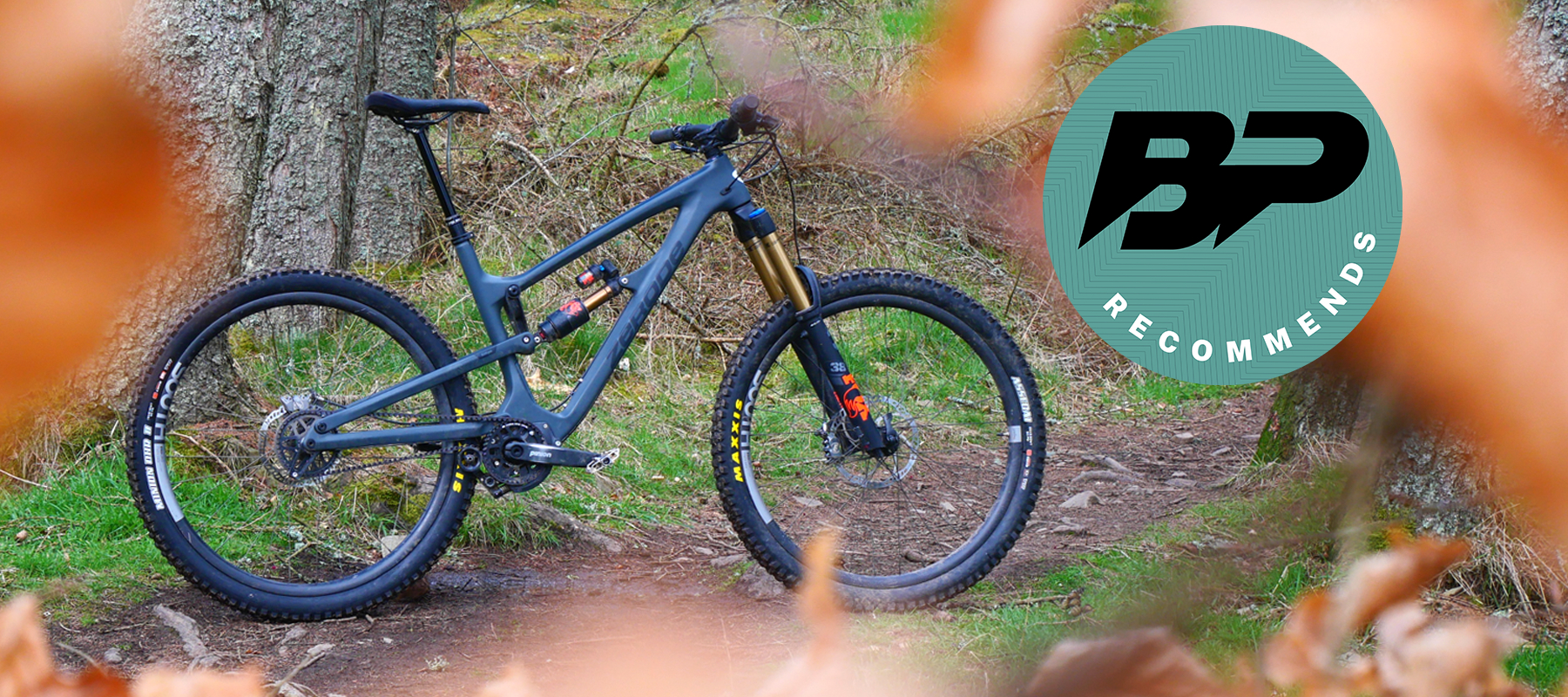Bike Perfect Verdict
The Katipo is a very fast and impressively poised enduro bike and once you recalibrate your head to Pinion's method of shifting and negate the limitations of the system, the gearbox can be a very powerful and reliable tool out on the trail. The twist shifter might be one step too far for some though.
Pros
- +
Superb handling
- +
Very planted
- +
Loads of traction
- +
Lightning fast gear shifts
- +
Minimal maintenance
- +
Premium but well priced
Cons
- -
Limited sizing
- -
Twist grip shifter can interfere with hand position and controls
- -
Limited water bottle space
- -
Slow and steady climber
Why trust BikePerfect
Zerode first hit the market with their revolutionary G1 downhill bike back in 2011 and has since been one of the major players in the mountain bike scene trying to kill off the derailleur. The New Zealand-based brand branched out into enduro with the gearbox-equipped Taniwha before adding the 29in wheeled Katipo.
In a lineup of the best enduro bikes, Zerode’s bikes stand out from the status quo due to their chosen transmission. Zerode has opted for a Pinion C-Series gearbox which they have paired with a Gates Carbon Belt Drive. Considering the almost universal use of derailleurs, it's a brave move to spec an entirely different drivetrain system.
There are some big selling points for the Katipo’s Pinion and Gates drivetrain configuration. Huge gear range, very minimal maintenance, and shifting while freewheeling are huge wins when mountain biking, they don’t come without their disadvantages though. This is the first gearbox-equipped bike I have ridden so was very intrigued when I had the opportunity to test one and find out firsthand if Pinion's gearbox really has what it takes to kill off the derailleur completely one day.

Design and geometry
The Katipo is available as either the 160mm enduro bike we have on test, or as a 140mm travel trail bike. Both models share the same frame but use a different rocker link and shock length to change the travel. Without a cassette and derailleur hanging off the bike or a complicated suspension system, the Katipo’s carbon frame has a simple and uncluttered aesthetic.
The frame uses a 142mm spaced single-speed hub which not only has a wider flange spacing than a standard Super Boost hub but the symmetrical spoke angles build into a stiffer lighter wheel as well. The two Pinion shifting cables are internally routed to the gearbox as well as the dropper post, however, the rear brake hose is externally routed. There are mounts for a bottle cage below the shock, although they are probably better utilized for on-bike tool storage as clearance is tight even with a small water bottle.
Zerode only offers the Katipo in two sizes, large and extra large. That might appear a bit exclusionary, however, they believe frame size and wheel size should be considered as a package. That means if you require a smaller size, Zerode thinks you would be better served by the 27.5-wheeled Taniwha or Taniwha Mulet (mixed wheel mullet bike), both of which come in three smaller sizes.
Numbers are as expected on a burly enduro bike, a 64-degree head angle sits the front wheel forwards nicely and the 475mm of our size large test bike gave plenty of space to maneuver without feeling stretched. A 435mm chainstay and 1,245mm wheelbase balance stability and maneuverability. I would like to see a degree or two added to the 75.5-degree seat angle if I was frequently ascending steep inclines, but for the majority of my local Tweed Valley forest road climbing I had no complaints. The 610mm stack is a little lower than other enduro bikes, so if you frequent steep trails often you may want to fit a higher-rise bar.
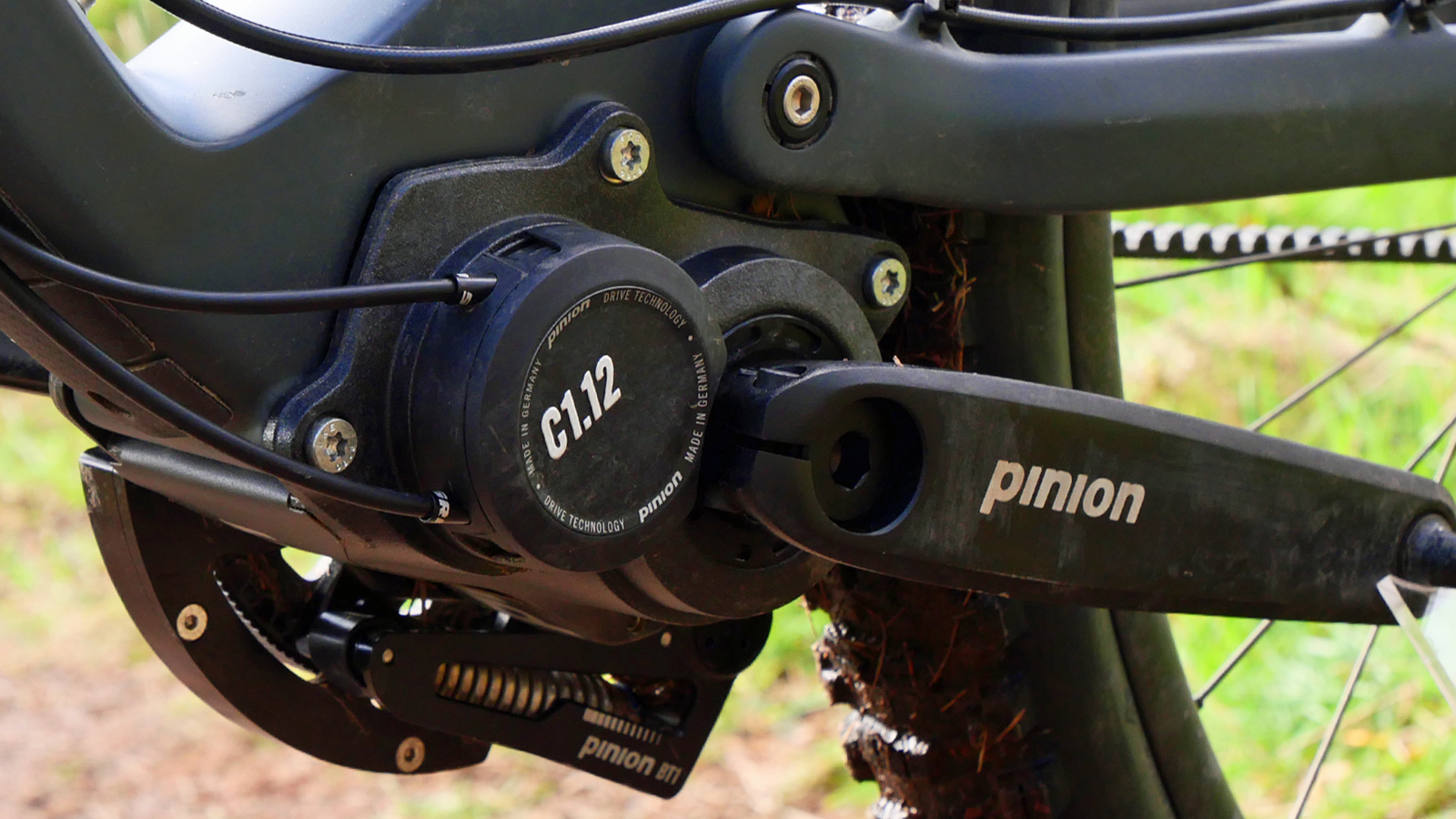
The biggest talking point was the Pinion gearbox and I wasn’t able to drop into a trail without fielding multiple questions from other riders on the hill.
Our test bike was equipped with Pinion’s C1.12 which is mounted in the center of the bike, the gearbox features 12 equally spaced gears that offer a massive 600 percent gear range with a 17.7 percent jump between ratios. Alternatively, customers can choose to spec the 9-speed C1.9 gearbox instead which has 569 percent range and 24.3 percent steps between gears. The gearbox adds a little extra weight to the overall bike, although at 16.8kg overall, it's not massively heavier than other burly enduro bikes and the extra mass is low and centered which improves stability.
It's not just the gearbox that makes the Katipo’s drivetrain unusual, it also features a Gates Carbon Drive. The polyurethane belt uses carbon fiber tensile cords for improved strength and is tensioned using a spring-tensioned roller to keep it tensioned.
Having an enclosed gear system means maintenance is minimal, Pinion recommends a service either every 10,000km or once a year. The service itself should be a simple process and involves draining the old oil from the gearbox before adding 60ml of fresh Pinion Gearbox oil. In regards to the belt, there is no need to ever lube it and it doesn't stretch like a regular chain. Gates themselves officially estimate twice the lifespan of a ‘standard chain’, however, there are plenty of bike tourers that have put way over 15,000km on their belts which would be a lot of mountain biking. If the belt does become worn or damaged, a replacement costs €93.

The Katipo frameset retails for €4,995 / NZ$6,920 which is a big chunk of change, it's important to remember here that you're getting a Fox X2 shock and a full drivetrain for that price. Zerode is also a boutique brand so it's unfair to compare them to the likes of Canyon and Commencal who will have you rolling down the trails on a complete bike for that sort of cash.
If you are building a bike up from a frameset though, a Santa Cruz Megatower will set you back around €3,250, Scott’s Ransom retails for €3,999 as does Specialized’s Enduro frameset which is still a lot of money, but less outlay than the Katipo.
Now considering a SRAM X0 Eagle T-Type Transmission will skin you the best part of €2,000, suddenly Zerode’s proposition looks considerably better, especially as there is less risk of future damage and reduced wear. While you could choose a cheaper groupset, SRAM’s excellent GX AXS upgrade kit has an RRP of €654 and you still need to add cranks, chainring, bottom bracket, cassette, and chain. Sure you could spec Shimano’s workhorse Deore 12sp groupset which is a snip at €364.49, but you might have your priorities wrong if you're dropping €4K on a frameset and opt for such a budget groupset.
Full builds are pretty competitive too, the cheaper Voyager build retails for €7,495 and the Deluxe option costs €8,395. These bikes are specced with Fox 36 fork, although the bikes can be upgraded to a Fox 38 and Fox DHX2 coil shock for an additional fee. For reference, Santa Cruz’s Megatower Carbon CC XO1 Kit costs €8,165.83 and Specialized’s GX AXS equipped Enduro Expert is €7,200.
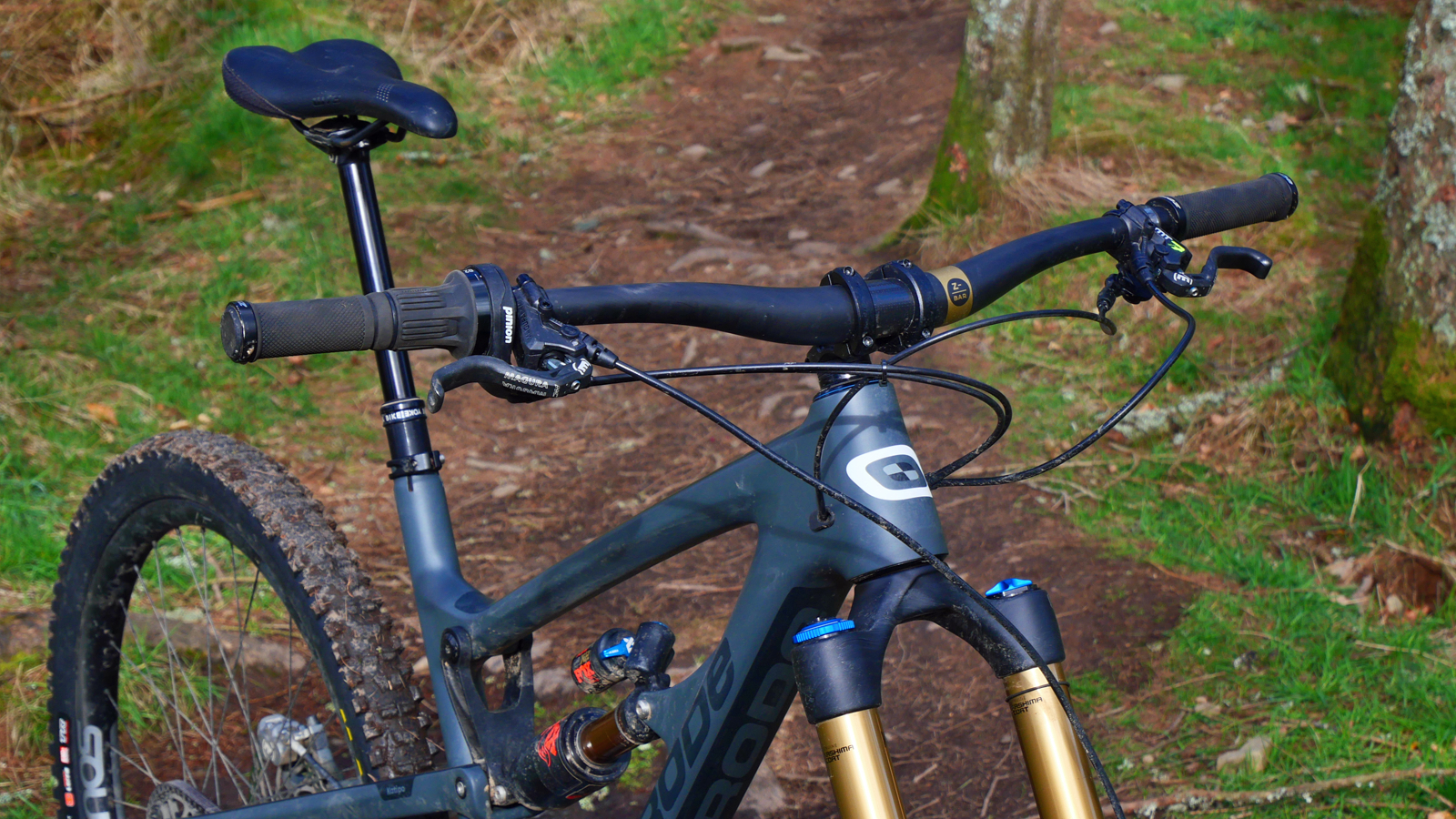
Components and build
Our build used the Deluxe option with a few changes. The Fox Factory Kashima X2 Air shock was paired with a Fox Factory 38 fork to bolster the front end. Carbon rims from the boutique South African based South Industries were laced to Hope Pro 4 hubs for a lightweight yet tough wheelset.
The Bike Yoke dropper worked smoothly throughout testing and Zerode’s own 800mm wide 15mm rise carbon bar and stem made for a low but comfortable cockpit. Magura MT5 Pro brakes wrangled speeds effectively, although some heavy brake draggers may want to upgrade the 180mm rotor to 203mm.
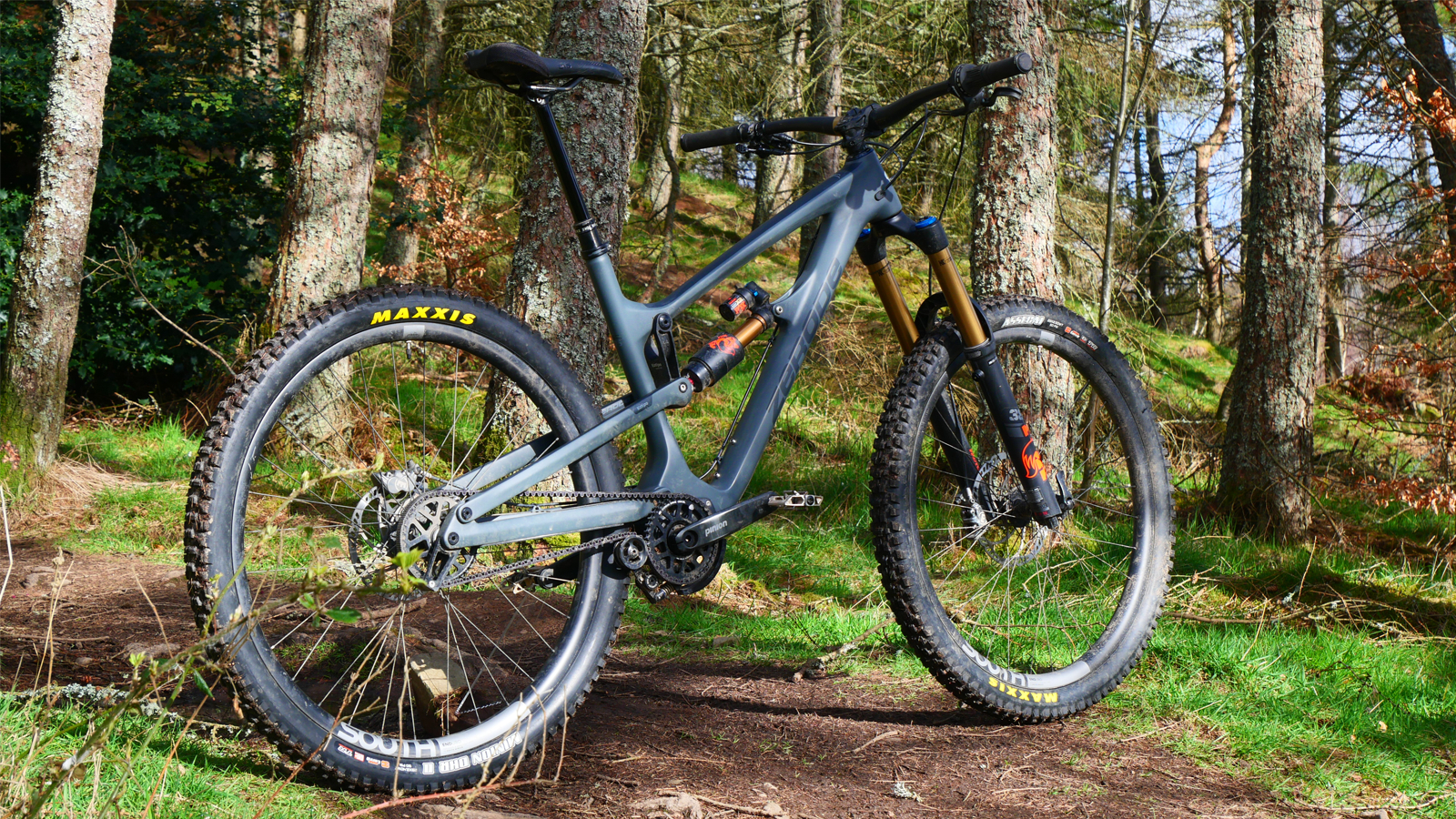
Ride, handling and performance
Like most riders, I am conditioned to how traditional derailleur-based drivetrains function. While trigger shifters actuating a sprung parallelogram, that shifts the chain across a cassette during pedaling is the status quo, the Pinion system requires an alternative approach but its the methodology not the mechanical which is problematic to adapt to. Once my head rewired to the different shifting methods and timing, I could start leveraging the gearbox’s performance advantages.
Moving between gears while freewheeling is a big plus when riding technical trails with tight bends and sudden speed changes as I was able to fully focus on line choice rather than considering pedaling points. It's not as simple as twist and go though, as I found I needed to take my finger off the brake to rotate the shifter either up or down. That meant I still had to be somewhat selective about where and when I changed gear. I was also never 100 percent sure what gear to expect when I started pedaling again, although I'm sure this would become intuitive the more I rode the bike.

When pedaling I expected a noticeable drag from the belt drive and gearbox, but if there was any it was almost indistinguishable. Furthermore, once you factor in chain twisting in lower gears on a 1x system and mix in some healthy dollops of mud, efficiency felt no different from a regular drivetrain. The belt drive definitely prefers faster smoother cadences rather than hard slow pedaling though. On the downs, there's zero chain slap or derailleur clattering so the Katipo is incredibly quiet when descending.
Whether the unsprung mass claims are true, the advantages of a low center of gravity shone through, and/or Zerode have simply hit a pivot position sweet spot as the Katipo was very quick on the trail
On flat-out open trail sections it's superb, I found I was able to let off the brakes and really let the bike run through features. Low-centered mass, wide cockpit and active suspension keep the wheels connected to the ground and the bike pointing in the right direction. Across chundery terrain, the travel is well managed with plenty of mid-stroke support to keep the bike from being a ground hugger when I needed to skim the rough or pull on the bars to get the bike airborne. When faced with properly big impacts which had me bracing for the worst outcome, the suspension is beautifully composed too.
The resulting calmness of the Katipo can be a little disconcerting when judging speed as it doesn't always feel like you are properly hauling, especially if you try to up the intensity. There were moments I needed to pull on the reins as the bike's composure would lull me into a false sense of security and push speeds above my pay grade. If you can hold on to it though, the Katipo’s supple suspension generates a lot of traction to really leverage the low center of gravity keenness for direction changes. Once I was tuned in and on a trail that encourages fast cornering, the Katipo was rapid, precise, and a lot of fun.
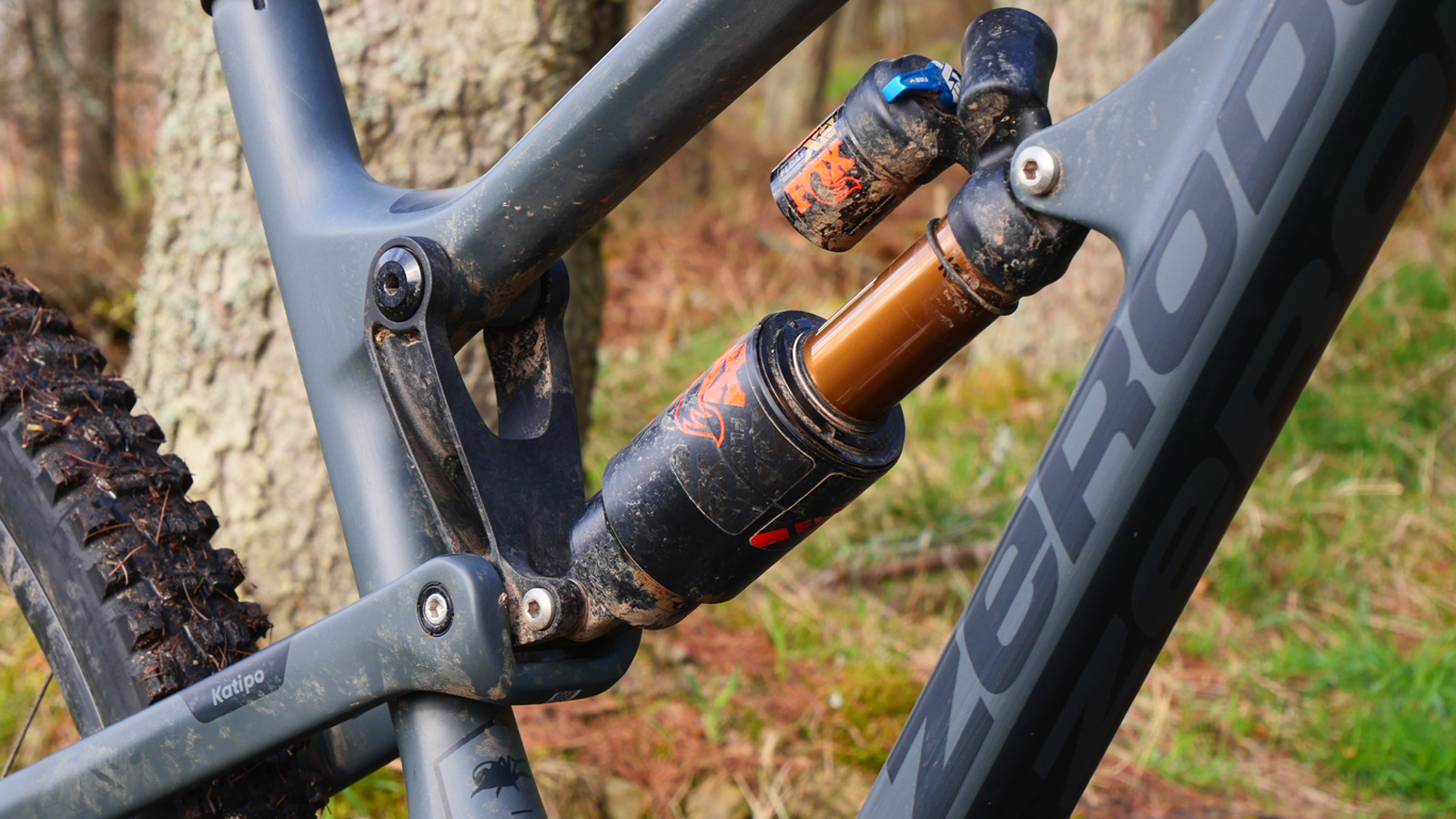
The suspension is noticeable when you’re climbing though, and even when I tried to smoothly spin, there was still some movement with the Fox X2’s climbing switch engaged. On proper steep climbs though, that active suspension does help stick the rear wheel to the ground for some impressively steep winching capabilities.
That segues nicely into the Pinion’s, and therefore the Katipo’s, biggest flaw when climbing. While the suspension is on the active side, the fact you can’t change down a gear while pedaling can be problematic. Gravel access roads with changing gradients become frustrating as there must be zero load through the cranks to change down gears. The actual gear change is fast but the resulting pause in pedaling loses valuable momentum. Arguably the ability to change gears without pedaling or grabbing a handful of gears in one fast change was occasionally advantageous on technical climbs, however, the majority of my local testing involved access road climbs which highlighted this shortcoming.
It is possible to shift up under minimal power though, so although you cant mash through the gears like a derailleur drivetrain, easing off the power slightly to change to a higher gear is far less disruptive than shifting into an easier gear. Ultimately though, the Pinion gearbox isn't a match for a conventional derailleur system if you are hustling up hills.
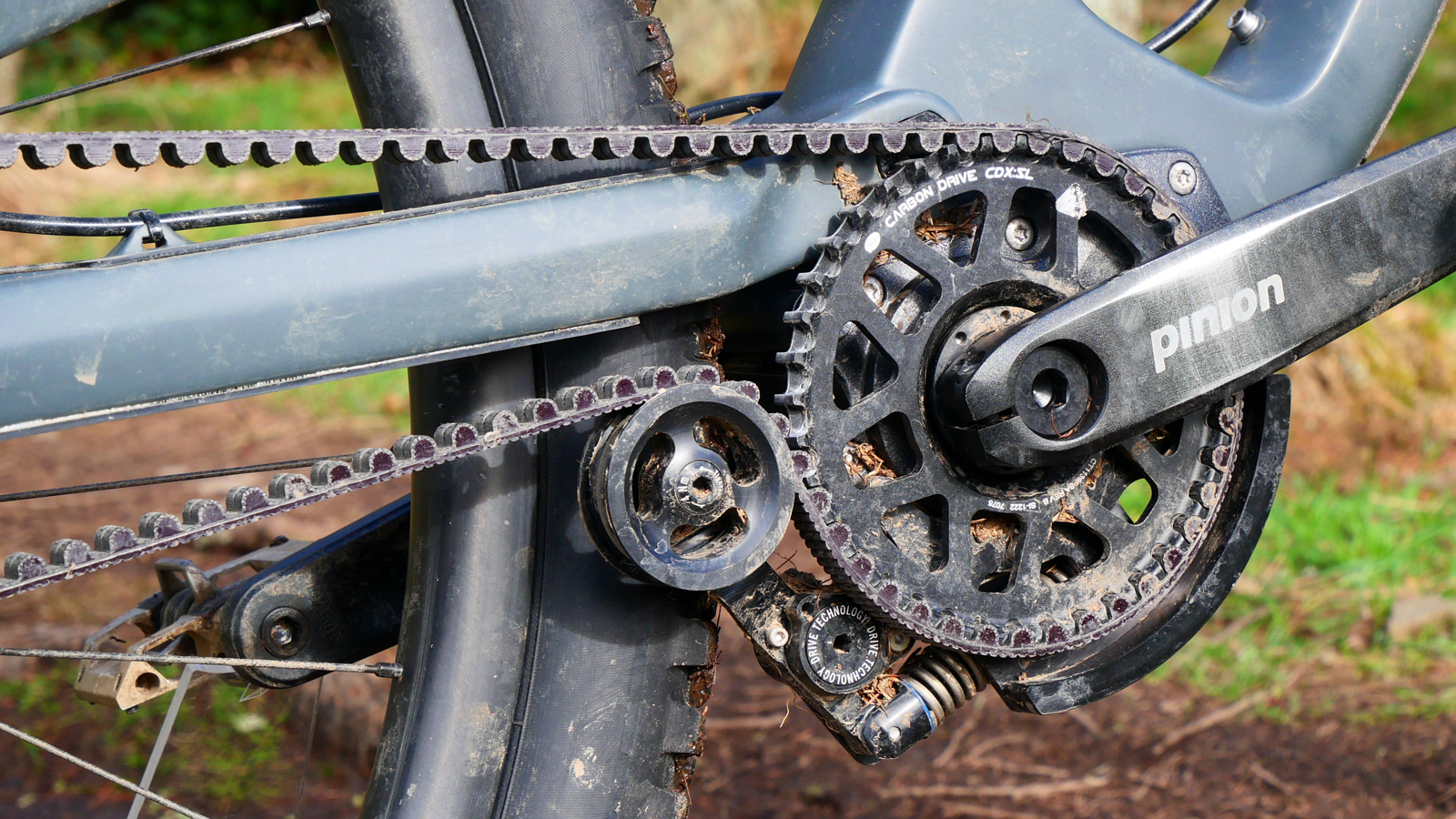
Are gearbox transmissions the future?
Gearboxes are nothing new, the Pinion C1.12 gearbox used here was released back in 2016, and other than MTB pioneers like Zerode, Nicolai, and a few other outliers' enclosed drivetrains have made very little progress in popularity. There are some distinct advantages and I think there are a few industry factors that could see gearboxes become more common in the future.
Most notably, Pinion may be on the brink of finally solving their shifter limitations which until now has been a sticking point. Pinion has developed a C-Series e-bike gearbox, released last summer, with electric shifting using a standard-style thumb trigger. It's currently only compatible with e-bikes as it uses the e-bike's battery as a power source. The technology exists though and I hope Pinion develops a separate battery-powered version so it can be used in non-powered MTBs too.
Secondly, seeing brands like Classified make waves in the bike industry with its wireless 2-speed hub is encouraging. While the system isn’t technically a gearbox, it shows a potential openness for alternative gearing systems and could help develop tech that could cross over.
That said, the gear shifting under load limitations of gearboxes is a factor that is unlikely to change. That means gearboxes are always going to more suited to gravity focused trail riding where climbing performance is just a means to an end.
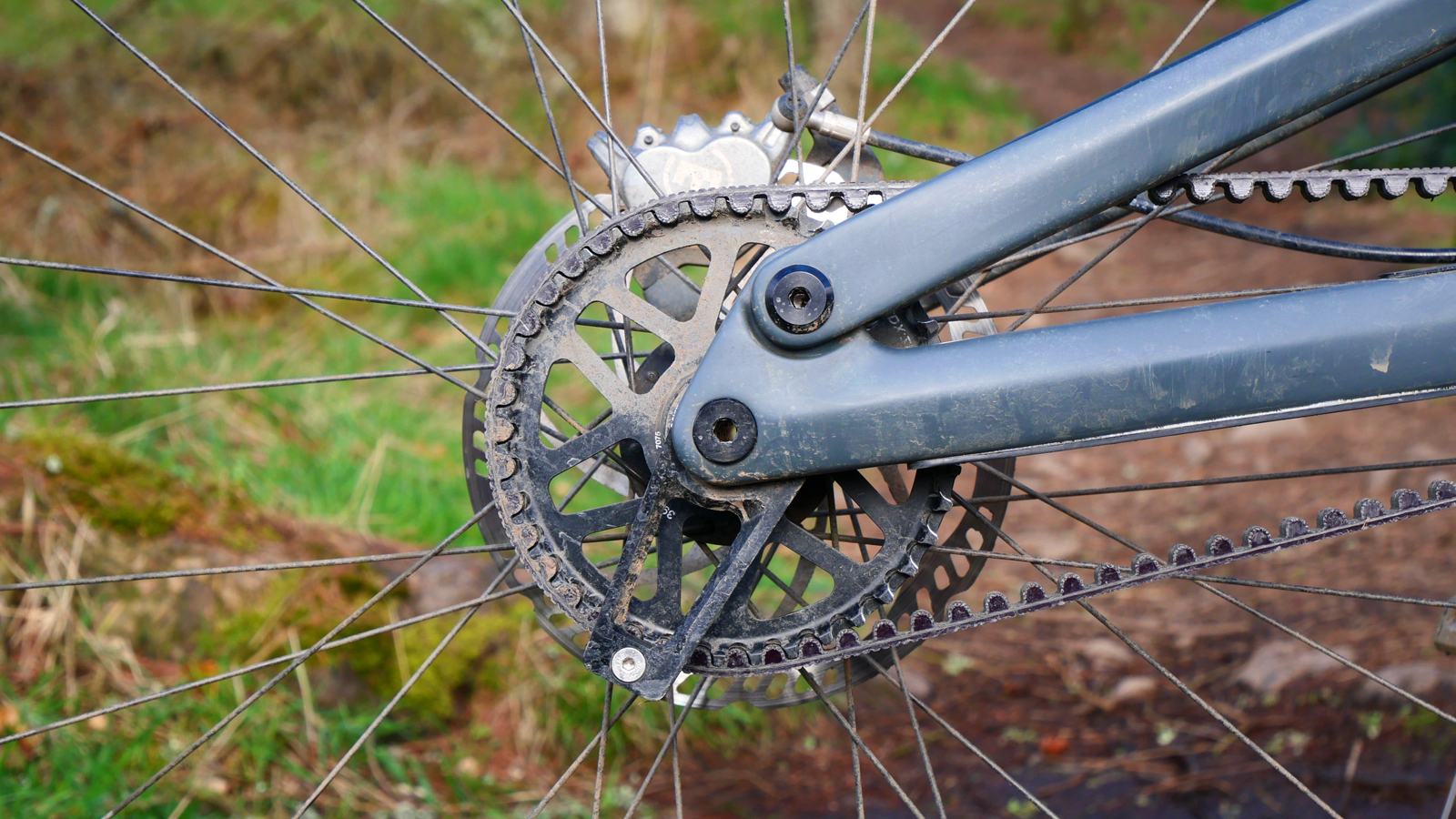
Verdict
The Zerode Katipo is a beautifully controlled, planted yet lively, exotic superbike that offers a polished and viable alternative to a traditional drivetrain.
Reducing the unsprung mass and bringing it to the center of the bike gifts supple suspension and a superbly planted ride. This allows the Katipo to deliver high levels of traction and composure without dulling the bike's agility which results in a very flattering riding experience no matter what the trail is doing under you. The Katipo is a seriously fast bike and, drivetrain aside, is one of the best bikes I have ever ridden.
The bike's performance is inherently tied to the Pinion gearbox though which for some riders is going to be a deal breaker. If you can look past the Pinion gearbox’s shifting method and limitations, there are plenty of benefits that in my opinion can be leveraged to outweigh the compromises when using the Pinion system for enduro riding.
Test conditions
- Location: Tweed Valley and Dunkeld
- Terrain: Fast and rocky natural trails and steep rooty singletrack
Tech specs: Zerode Katipo
- Discipline: Enduro
- Price: €4,995 / NZ$6,920 (frameset)
- Head angle: 64 degrees
- Seat angle: 75.5 degrees
- Reach: 475mm (medium)
- Frame material: Carbon frame
- Fork: Fox Factory 38 170mm travel
- Shock: FOX Factory Kashima X2, 160mm
- Size: Large (tested), Extra Large
- Weight: 16.8kg (inc rear insert)
- Wheel size: 29in
- Gears: Pinion C1.12 12sp gearbox
- Brakes: Magura MT5 Pro, 203/180 rotors
- Tires: Maxxis Assegai 3C Maxx Terra EXO 29 x 2.5in front and Maxxis Minion DHR 3C Maxx Terra EXO+ 29 x 2.4
- Wheels: South Industries carbon Enduro and Hope Pro 4
- Handlebar: Zerode carbon, 800mm
- Stem: Zerode 45mm
- Seatpost: BikeYoke Revive dropper
- Saddle: WTB Volt

Graham Cottingham joined the BikePerfect team as our senior tech writer in 2020. With over 20 years of riding experience, he has dabbled in downhill, enduro, and gravel racing. Not afraid of a challenge, Graham has embraced bikepacking over the last few years and likes nothing more than strapping some bags to his bike and covering big miles to explore Scotland's wildernesses. When he isn’t shredding the gnar in the Tweed Valley, sleeping in bushes, or tinkering with bikes, he is writing tech reviews for BikePerfect.
Rides: Cotic SolarisMax, Stooge MK4, 24 Bicycles Le Toy 3, Surly Steamroller
Height: 177cm
Weight: 71kg
